National Preparedness System
The purpose of this page is to provide an overview of the National Preparedness System, which is intended to be used by the whole community. The intended audience for this page is individuals, families, communities, the private and nonprofit sectors, faith-based organizations, and state, local, tribal, territorial, insular area, and federal governments.
If you have any questions, please contact the National Integration Center at FEMA-NIC@fema.dhs.gov.
Depending on your role in the community, you need specific tools and resources to help you through the cycle of the National Preparedness System. We’ve listed a few below, along with links for more information.
- Threat and Hazard Identification and Risk Assessment (THIRA). Information and guidance on conducting a THIRA can be found on the THIRA web page.
- Stakeholder Prepardness Report (SPR): Information on the SPR and the Unified Reporting Tool (URT) can be found on the SPR webpage.
- Operations Plans. Guidance for for conducting the three-step process for a THIRA and the three-step process for an SPR can be found in Comprehensive Preparedness Guide (CPG) 201: Third Edition.
- National Incident Management System. The National Incident Management System (NIMS) provides a systematic, proactive approach to guide organizations in managing all types of incidents. Information about NIMS — including supporting tools and materials — can be found on the NIMS web page.
- National Planning System. The National Planning System provides a unified approach and common terminology to support the implementation of the National Preparedness System through plans that support an all threats and hazards approach to preparedness. These plans — whether strategic, operational, or tactical — enable the whole community to build, sustain, and deliver the core capabilities identified in the National Preparedness Goal.
Download Materials


